Paris 1924: Celebrating a century of change
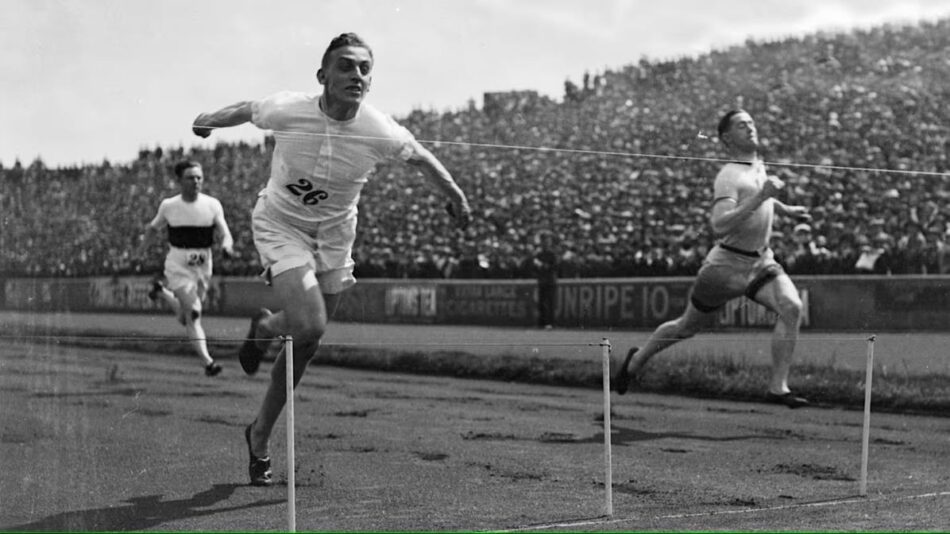
05 July 2024 – As final preparations are made for the Olympic and Paralympic Games Paris 2024, the French capital is set to celebrate 100 years since the 1924 Games — an event that shaped Paris, the Olympic Movement and the course of Olympic history.
Held 24 years after Paris hosted the Games of the II Olympiad in 1900 – part of the International Universal Exhibition – the 1924 Games marked the last edition under the presidency of Pierre de Coubertin, the founder of the modern Olympic Games. Marking the end of an era, the event initiated many Olympic traditions and innovations that still stand today.
Olympic Village
Among the most significant firsts was the introduction of an Olympic Village, a concept that has since evolved into a sophisticated, athlete-centric housing model used in all subsequent Games. The 1924 Village was built near the Stade Olympique in Colombes, northwest of Paris. Composed of an array of temporary wooden cabins, with three beds in each, it had a currency exchange bureau, a dry-cleaner’s, a hairdresser’s, a newsagents and a post office.
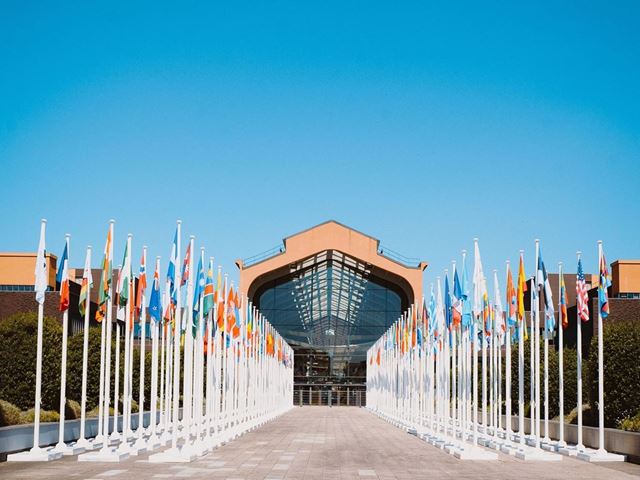
Its modern-day successor, the Paris 2024 Olympic Village, is set to revolutionise athlete accommodation once again. Located at the juncture of three northern Paris suburbs, the village offers state-of-the-art housing for athletes. But the development is also set to significantly improve the lives of local residents. After the Games it will become a new residential district, offering 2,800 apartments for some 6,000 people, with 25 per cent of it social housing. The district will provide work for 6,000 people, along with leisure, commercial, community and educational facilities. The Paris 2024 Olympic Village is a model of sustainable urban development, built with wood and recycled materials, and employing processes that reduce the carbon footprint by 30 per cent per square metre compared to other construction sites in France.
Olympic Flag
The 1924 Games also introduced the flag protocol during the Closing Ceremony. The practice involves the ceremonial lowering of the Olympic flag, signifying the end of the Games and the passing of the Olympic spirit to the next host city, in a spirit of unity and continuity of the Olympic Movement.
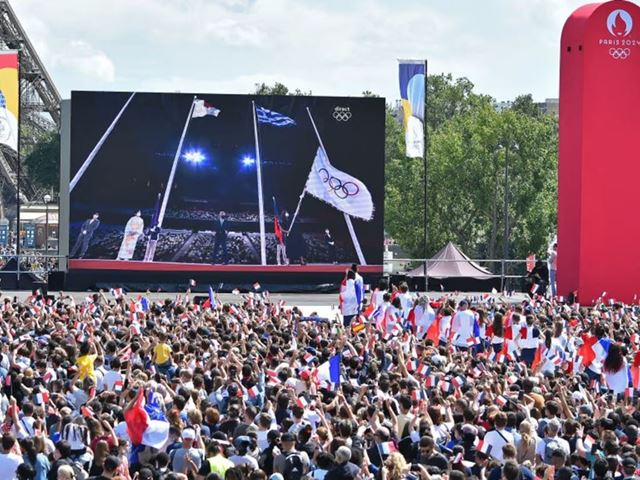
The Children’s Games
Part of the Paris 1924 Games, the Children’s Games, a precursor to today’s Youth Olympic Games, included a variety of athletic events designed specifically for children, encouraging physical activity and embodying the ideals of fair play, excellence and respect.
Today, Paris 2024 continues to encourage as many young people as possible to develop a lasting physical activity habit. To avoid children slipping into sedentary lifestyles, organisers have supported schools throughout France to provide children with 30 minutes of exercise every day. As part of the 1,2,3 Nagez! (1,2,3 Swim!) Programme, Paris 2024 has offered free swimming lessons to more than 26,000 children across France – including 9,400 from Seine-Saint-Denis, an area where half of 11-year-olds do not know how to swim.

Sport and Culture
The 1924 Games were a blend of classical Olympic traditions and the avant-garde spirit of the 1920s, reflecting the dynamic cultural landscape of Paris at the time. The International Sports Exhibition, held as part of the Games, showcased new sports technologies and products, setting a precedent for technological innovation and cultural celebration going hand in hand. The Games hosted Olympic Art Competitions, which included literature, sculpture, painting, architecture and music.
Continuing the tradition of uniting culture and sport, the Paris 2024 Cultural Olympiad features thousands of mostly free events across France. A multidisciplinary artistic and cultural programme that runs before and during the Games and until 8 September 2024, the Cultural Olympiad highlights emotion and beauty while promoting inclusivity and community participation by blending artistic and athletic expressions.
Urban Development and Lasting Infrastructure
In preparation for the 1924 Games, Paris undertook significant urban development projects. The refurbishment of three railway lines and the construction of the Gare du Stade station significantly enhanced the city’s infrastructure. These improvements not only facilitated the Games but also provided long-term benefits for Paris’s transport network.
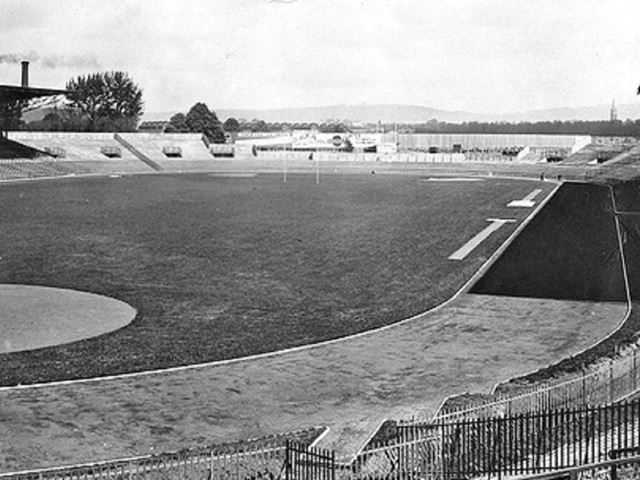
The Stade Olympique de Colombes, now known as the Yves-du-Manoir Stadium, was a central venue during the 1924 Games, hosting athletics, gymnastics and the Opening and Closing Ceremonies. Nearly a century later, the stadium will be used once again, serving as the venue for field hockey events. This reuse of a significant historical site underscores the commitment to preserving the legacy of past Games while modernising facilities to meet contemporary standards.
Another venue from the 1924 Games that will be in use for Paris 2024 is the Stade Nautique des Tourelles, today named Georges-Vallerey swimming pool. Originally constructed for the swimming, diving and water polo events of the 1924 Games, the facility will be used for training sessions by the swimming, marathon swimming and triathlon athletes at Paris 2024.
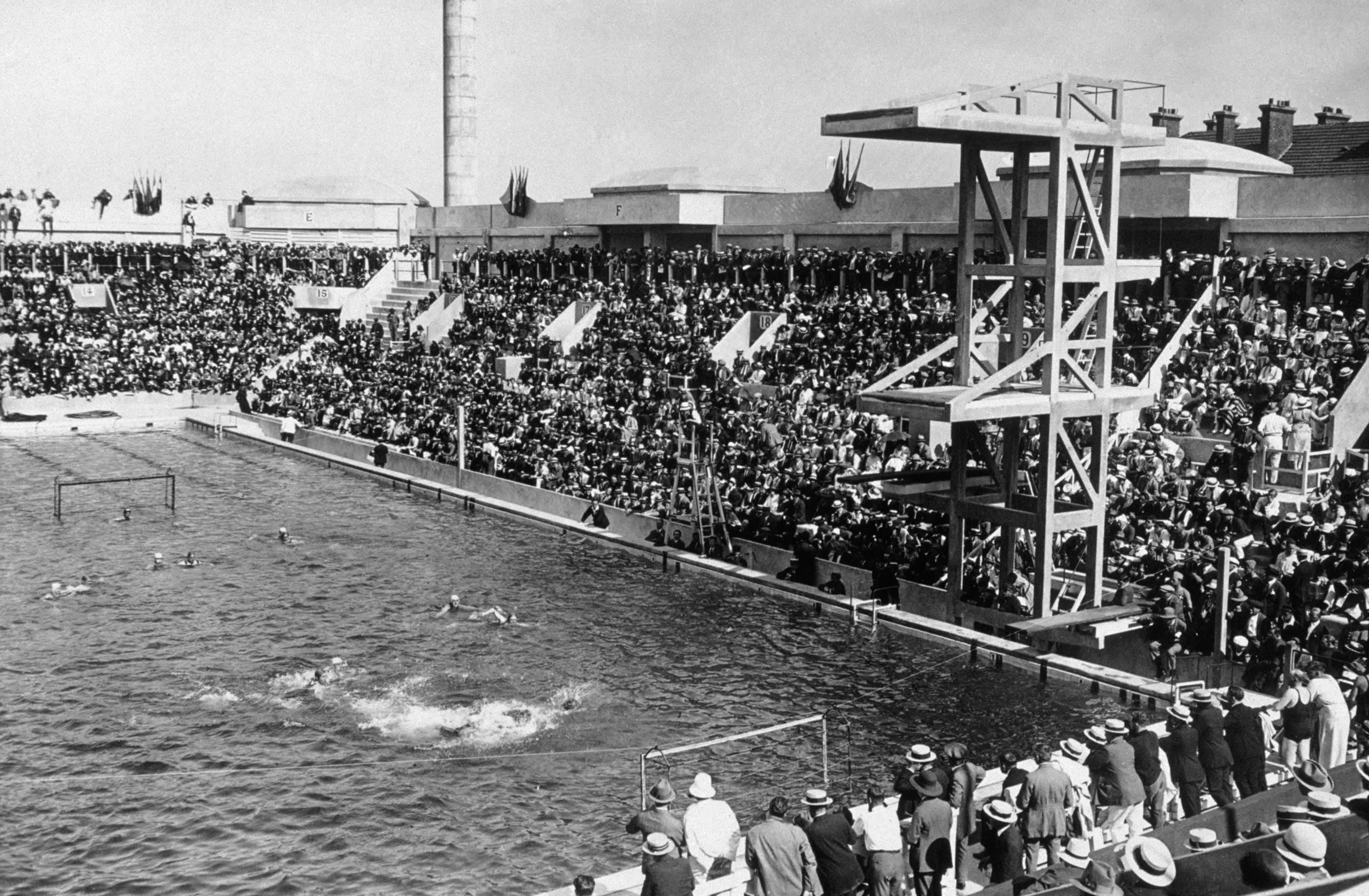
Paris 2024: Honouring the Past, Embracing the Future
As Paris gears up for the 2024 Games, the city is honouring its rich Olympic heritage while addressing contemporary challenges. The first Games to fully embrace the IOC’s strategic roadmap, Olympic Agenda 2020, the Games are adapting to the needs of their host, reducing their footprint, and maximising positive impacts that are intended to last and serve generations to come.





